
The crypto market starts the year on a good note as investors recover from the holiday slump. Ripple (XRP) and Cardano (ADA) price spikes have posted strong returns and have once again raised interest in the best altcoins.
While XRP and ADA continue to capture headlines, the attention of the discerning in both cryptos and AI is likely being grabbed by Ozak AI. Experts advise Ozak AI, the up-and-coming innovative DeFi token, could see a surge of 1000x from its initial valuation. Given these claims, is Ozak AI going to be a force to reckon with in the crypto domain?
XRP (XRP)
XRP has seen a value increase from $2.52 to $2.59, marking a remarkable increase of 9.89%. Within the last 24 hours, XRP did register a fractional increase, tallying up to 1.94%. Additionally, trading volumes have made a larger leap, sitting around $7 billion, which now points at decent market interest.
With the latest information in hand, XRP’s market capitalization has increased up to $146 billion, marking a 1.76% change. The fully diluted value for XPR currently stands at approximately $254 billion. The increase in XRP’s price can be associated with its growing adoption rates coupled with favorable regulatory changes that are expected in the near future.
Cardano (ADA)
Cardano is set to alter the experience of fans in partnership with FC Barcelona by utilizing blockchain technology. This objective, paired with the search for new revenue streams, addresses some of the issues that the football club is facing. It aims at improving the overall experience of the fans. New services will be more efficient and transparent.
It can be assumed that this collaboration may allow Cardano to grow in the mainstream markets, increasing the level of awareness about them. The price of ADA stands at $0.9854, with the percentage increase being 3.26% despite the ADA struggling on the cryptocurrency charts for a while.
Ozak AI ($OZ)
As Ripple (XRP) and Cardano (ADA) continue to grow, it appears the crypto market is becoming increasingly competitive, with Ozak AI gaining more traction. The presale of the $OZ token that the project held managed to sell out during its Phase 1 and raised $200,000, with tokens currently priced at $0.002 each.
As Phase 2 commences, early supporters are beginning to reap some benefits, with the price of the currency expected to sell at around $0.002, which is twice the amount of its initial worth. The valuation models predict an FDV of around $20 million considering the 200 million tokens that will be made available for Ozak AI, which is what appears to be gaining hype very fast.
Furthermore, the project plans to list its token at $0.01, creating an attractive opportunity for early investors.
Conclusion
As the crypto market continues to gain traction, Ozak AI, together with XRP and Cardano, are making waves. XRP has experienced a surge in market price due to the increased usage of the product and potential growth of impact from the overhauling regulations. Cardano, on the other hand, via its partnership with FC Barcelona, is working to deploy advanced fan engagement via blockchain.
In its initiative for decentralized AI analytics networks, Ozak AI is also attracting attention when it comes to the innovative token utilities and more stable growth prospects that it brings to the table.
For more information about Ozak AI, visit the links below
Website: https://ozak.ai/
Twitter/X: https://x.com/OzakAGI
Telegram: https://t.me/OzakAGI
Disclaimer: This is a sponsored article and is for informational purposes only. It does not reflect the views of Crypto Daily, nor is it intended to be used as legal, tax, investment, or financial advice

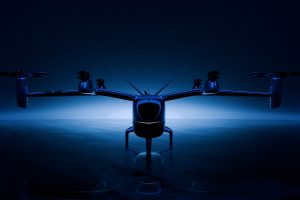




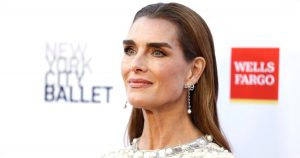






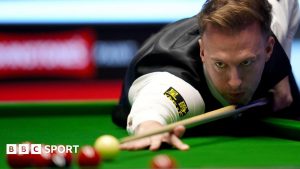

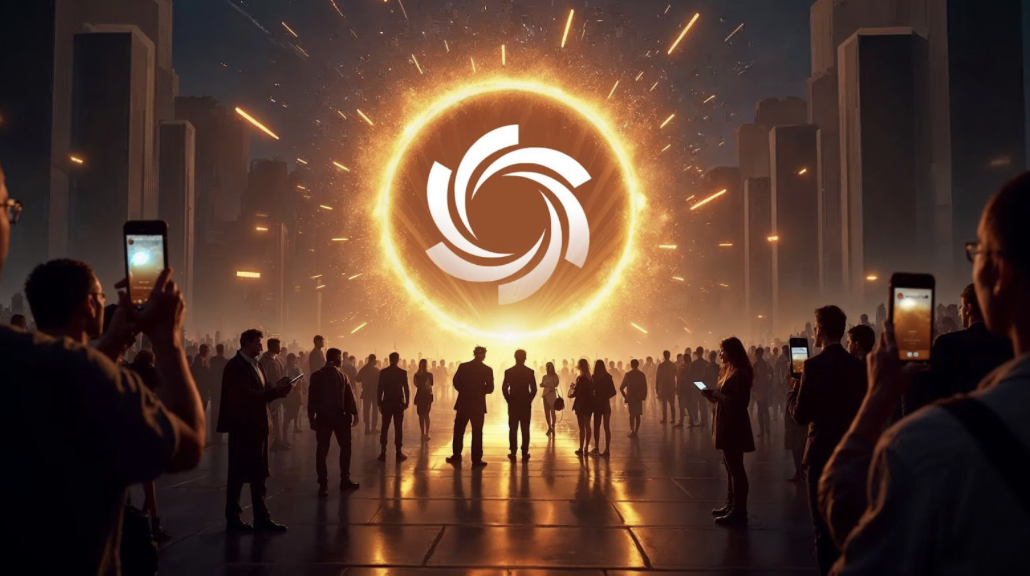




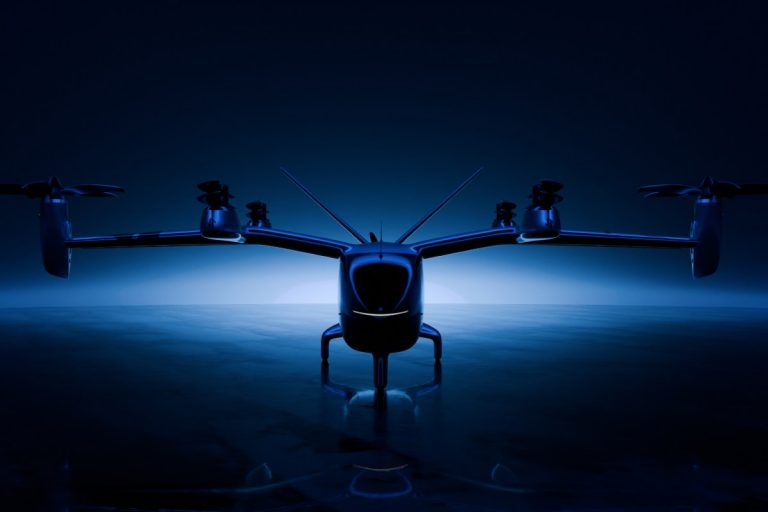
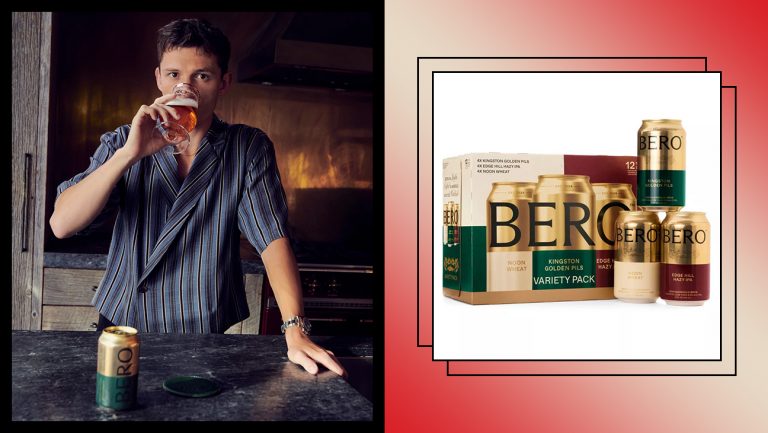
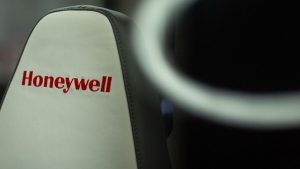
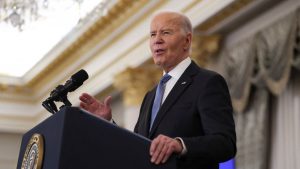
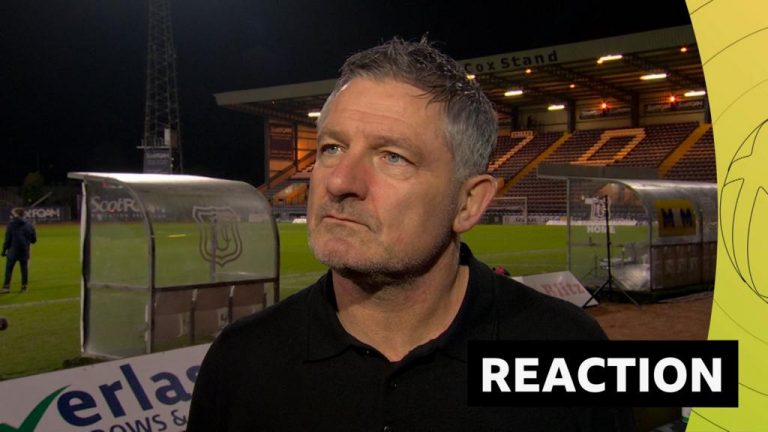

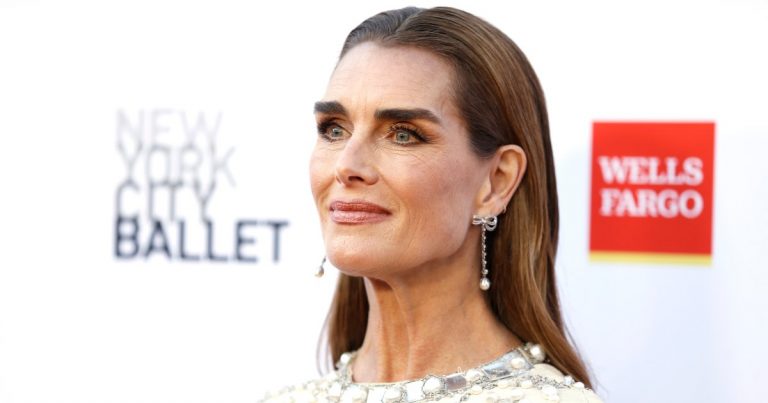
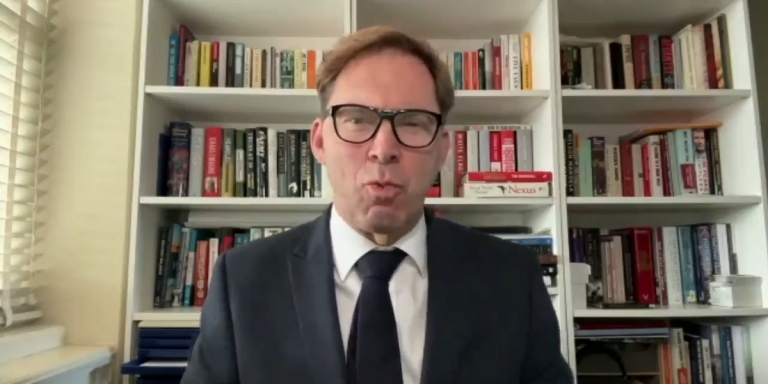
+ There are no comments
Add yours